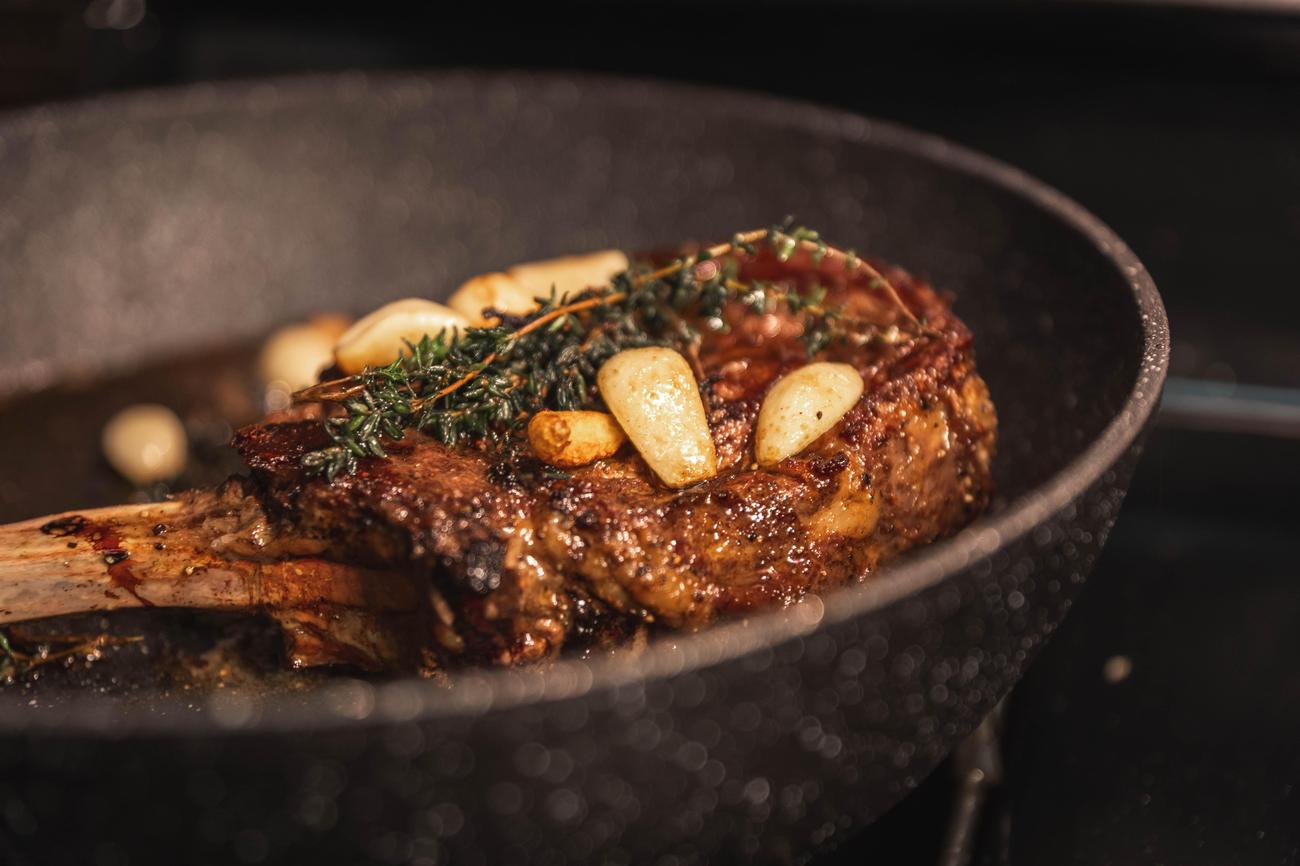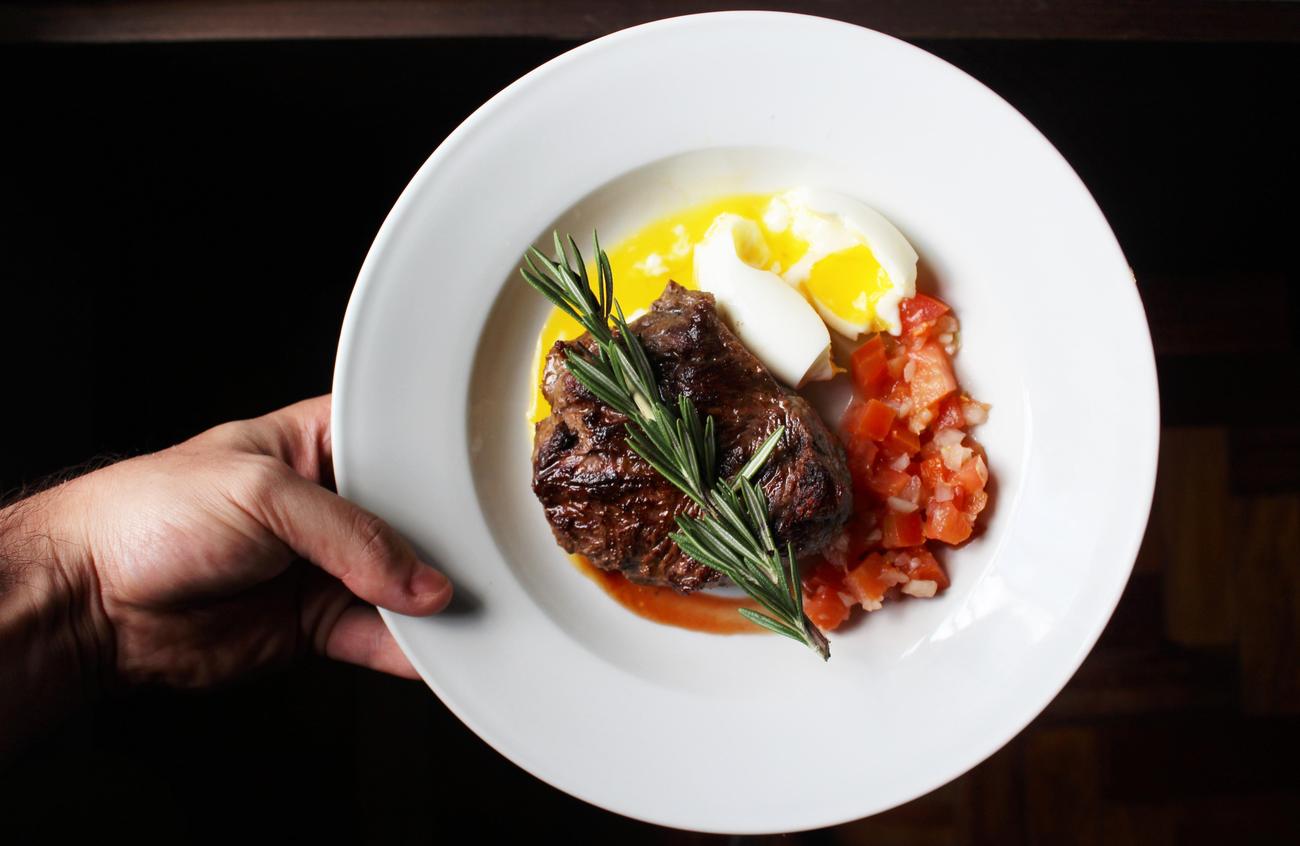Are you ready to embark on a culinary journey that will unveil the truth behind one of the most intriguing dishes in the world of gastronomy? Brace yourself as we delve into the fascinating facts about steak tartare. This iconic delicacy, often shrouded in mystery and misconceptions, holds a special place in the hearts of food enthusiasts. As we sift through the layers of history, culture, and preparation techniques, prepare to have your taste buds tantalized and your mind enlightened. Get ready to separate fact from fiction as we uncover the secrets of this timeless dish.

Facts About Steak Tartare
Steak tartare is a dish that has captivated food enthusiasts for centuries. It’s a classic French delicacy made from raw, minced or chopped beef. But did you know that its origins can be traced back to a cookbook published in 1903? Let’s dive into some fascinating facts about steak tartare and unravel the truth behind this timeless dish.
1. A French Delight that Spread Worldwide
While steak tartare is closely associated with France, its appeal extends far beyond its borders. This delectable dish has found a special place in the hearts (and stomachs) of people around the world. From fine dining establishments to casual eateries, you can find variations of steak tartare in many countries. Its popularity can be attributed to its unique blend of flavors and textures.
2. Exploring the Etymology: The Story Behind the Name
The name “Tartare” is derived from the French word and has an interesting, evolving meaning. Originally, “tartare” referred to the Tatars, a nomadic people from Central Asia who were believed to eat raw meat. Over time, the term broadened to encompass any raw meat dish. Today, it is synonymous with the delicious creation we know as steak tartare.
3. A Symphony of Flavors
One of the most intriguing aspects of steak tartare is its versatility in terms of ingredients and seasonings. While the basic components remain the same, various embellishments can be added to enhance the taste. Onions, capers, mushrooms, pepper, and Worcestershire sauce are commonly used in traditional recipes. These flavor profiles come together to create a symphony that dances on your taste buds.
4. A Raw Egg Yolk Crown
One iconic element of steak tartare is the raw egg yolk that often adorns it. This rich, velvety yolk not only adds visual appeal, but also lends a creamy texture to the dish. It’s a delightful indulgence that adds an extra layer of richness and luxury to the already flavorful meat. However, it’s important to note that consuming raw eggs carries certain risks, so it’s essential to choose fresh, high-quality eggs from reliable sources.
5. A World of Culinary Connections
Steak tartare shares similarities with other raw meat dishes from different culinary traditions. The Levantine kibbeh nayyeh, Turkish çiğ köfte, and Korean yukhoe all bear resemblance to steak tartare in various ways. While they may differ in terms of herbs, spices, and presentation, these dishes showcase the universal appreciation for the unique flavors and textures of raw meat.
6. Mitigating the Risks of Raw Meat and Eggs
Eating raw meat and eggs does carry some risks, as they can potentially be contaminated with harmful bacteria. However, when prepared correctly, steak tartare can be enjoyed safely. Chefs take utmost care in selecting high-quality, fresh meat and eggs to minimize these risks. The dish is meticulously prepared and often served immediately to ensure maximum freshness and safety.
7. Steak Tartare as an Appetizer
Steak tartare is commonly served as an appetizer, tantalizing taste buds and whetting appetites before the main course. Its vibrant colors, enticing aromas, and bold flavors make it an excellent precursor to the meal to come. It’s a dish that delights all the senses, setting the stage for a memorable dining experience.
In conclusion, steak tartare is a dish that has stood the test of time, captivating food enthusiasts with its unique blend of flavors and textures. Loved in many countries, it is a delicacy that showcases the artistry of culinary traditions around the world. When prepared with expertise and care, steak tartare offers a gastronomic adventure that is both exciting and safe to enjoy.
“Unveiling the truth: Steak tartare is not just a French favorite; it’s an international sensation that tickles taste buds from all corners of the globe.”
Steak lovers, listen up! Did you know that there are countless fascinating facts about steak? From its mouthwatering taste to its rich history, steak has always been a culinary masterpiece. If you’re curious to learn more about this delectable dish, click here to discover some mind-blowing facts about steak. Don’t miss out on the opportunity to enhance your knowledge and impress your friends at your next dinner conversation. So, what are you waiting for? Indulge in the juicy details by clicking this link: facts about steak.
Facts about steak tartare are not only fascinating but also surprising. Did you know that this classic dish traces its origins back to France? If you’re curious about steak tartare facts, you’ll find this article quite intriguing. One interesting thing to note is that it’s traditionally made with raw beef, finely chopped and mixed with various seasonings. If you’re wondering about facts about tartare in general, there’s more to discover. From its unique textures to the different variations found around the world, tartare is a dish that never fails to impress. When it comes to facts steak tartare, you’ll find a wealth of information. From its inclusion of raw egg yolk, which adds a creamy richness, to the debate over its name’s true etymology, there’s always something new to learn. So, grab a seat and dive into the world of steak tartare by clicking here: steak tartare facts. And if you’re hungry for more knowledge, check out these intriguing facts about tartare and facts steak tartare. Your journey into the deliciously intriguing world of steak tartare awaits.
Does Steak Tartare Make You Squirm?
[youtube v=”xF-uByeThUQ”]
Raw, minced or chopped beef may not be everyone’s cup of tea, but steak tartare has won over the hearts and stomachs of people worldwide, transcending borders and finding a place on menus across the globe. The name “Tartare” harkens back to its origins, tracing its roots to the Tatars, a nomadic people known for their consumption of raw meat.
This classic French delicacy’s popularity lies in its versatility. While the combination of raw beef, mustard, and egg yolk serves as the base, the possibilities are endless when it comes to adding embellishments that cater to individual tastes. Spices, herbs, and other ingredients are skillfully blended with the meat, each chef putting their unique spin on the dish to create a tantalizing array of aromas and flavors.
One of the distinguishing features of steak tartare is the raw egg yolk delicately resting atop the mound of savory goodness. This not only adds visual appeal but also imparts a creamy texture that enhances the overall experience. It’s a sight to behold, and a testament to the artistry involved in its preparation.
Steak tartare shares some commonalities with raw meat dishes from various culinary traditions. It showcases a deep appreciation for the exquisite flavors and unique textures that raw meat can offer. It’s a celebration of the natural goodness that comes from sourcing high-quality, fresh ingredients.
Now, let’s address the elephant in the room – the potential risks associated with consuming raw meat and eggs. When prepared correctly, using high-quality, fresh ingredients, and adhering to stringent safety standards, steak tartare can be enjoyed without worry. The key lies in choosing reputable establishments that prioritize food safety and handle ingredients with utmost care.
Typically served as an appetizer, steak tartare holds the power to tantalize taste buds and set the stage for a truly memorable dining experience. It’s an opportunity to embark on a culinary adventure, challenging preconceived notions and embracing the thrill of trying something new.
In conclusion, steak tartare may not be for the faint of heart, but it embodies the spirit of culinary exploration and pushes boundaries of taste and texture. When prepared with skill and using the freshest ingredients, this raw delight can transcend its initial shock factor and become a transcendent culinary experience.
“A celebration of bold flavors and culinary artistry, steak tartare demands an adventurous palate and rewards those who dare to indulge.”
FAQ
Q: What is steak tartare?
A: Steak tartare is a classic French dish made from raw minced or chopped beef. It is often seasoned with ingredients such as onions, capers, mushrooms, pepper, and Worcestershire sauce.
Q: How did steak tartare become popular?
A: Steak tartare gained popularity in France and around the world after the publication of the cookbook “Le Guide Culinaire” in 1903. The cookbook introduced the dish and its preparation method to a wider audience.
Q: What does the name “Tartare” mean in steak tartare?
A: The name “Tartare” comes from the French word and its meaning has evolved over time. It originally referred to the Tatars, a Turkic ethnic group known for their horsemanship and nomadic lifestyle.
Q: Are there variations of steak tartare in other countries?
A: Yes, while steak tartare is most commonly associated with France, it is also loved in many other countries. Similar raw meat dishes include the Levantine kibbeh nayyeh, Turkish çiğ köfte, and Korean yukhoe.
Q: Is it safe to eat steak tartare?
A: When prepared correctly, steak tartare is generally safe to eat. However, there are risks associated with consuming raw meat and eggs. It is important to ensure that the ingredients are fresh and handled properly to minimize the risk of foodborne illnesses.
- China II Review: Delicious Food & Speedy Service - April 17, 2025
- Understand Virginia’s Flag: History & Debate - April 17, 2025
- Explore Long Island’s Map: Unique Regions & Insights - April 17, 2025
















